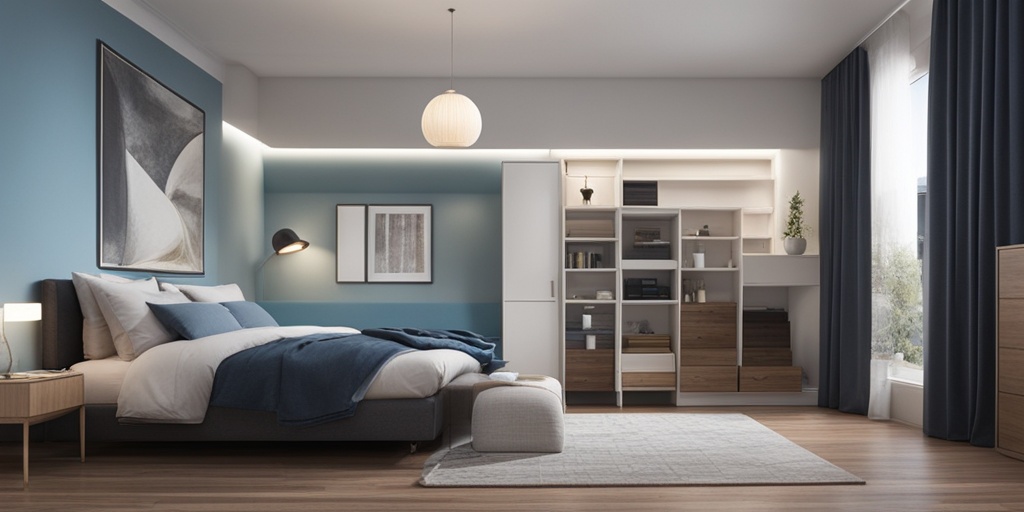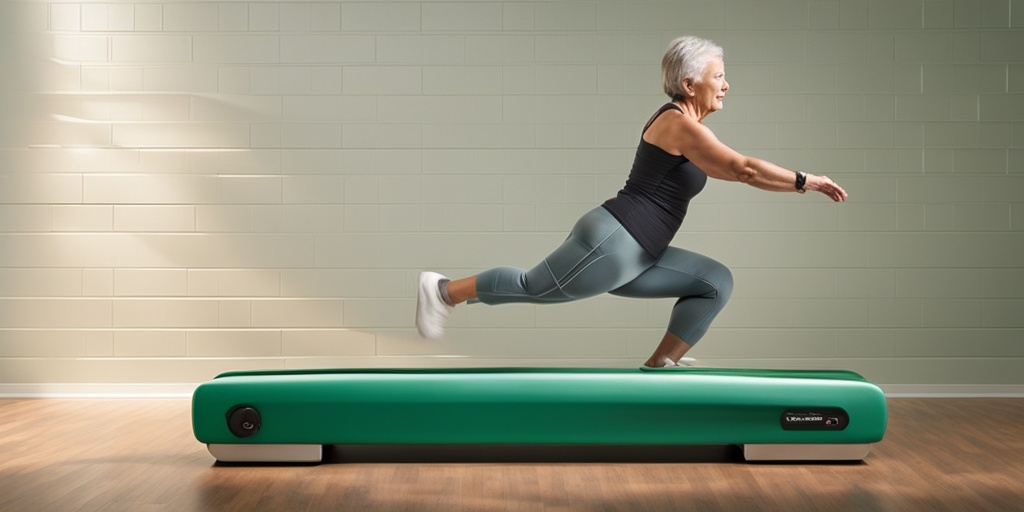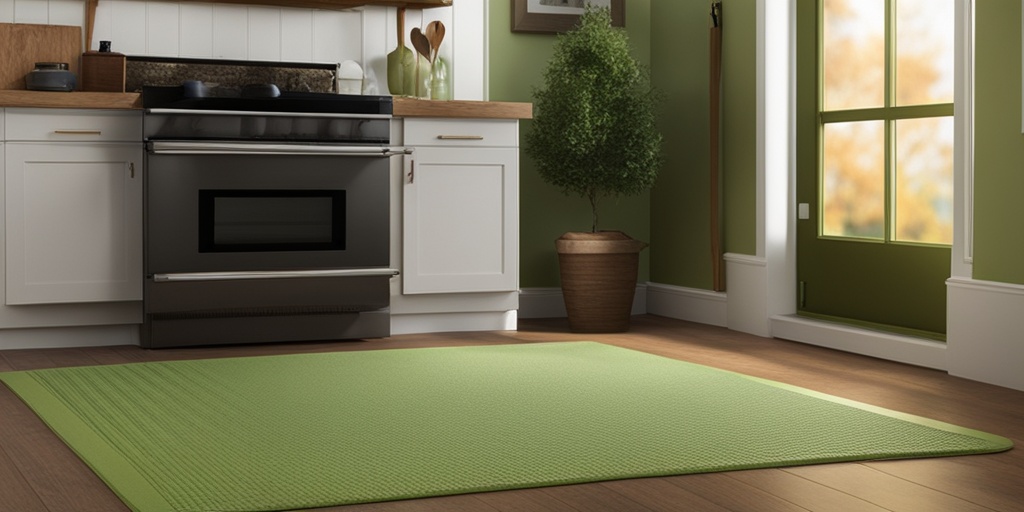What Are the Risks of Falling?
Falls are a significant concern for individuals of all ages, but especially for older adults. According to the Centers for Disease Control and Prevention (CDC), falls are the leading cause of injury and death among older adults in the United States. In fact, one in four older adults experiences a fall each year, resulting in over 3 million emergency department visits and 32,000 fatalities annually. 🚨
The risks associated with falls are far-reaching and can have a profound impact on an individual’s quality of life. Some of the most common risks of falling include:
- Injuries and fatalities: Falls can result in serious injuries, such as broken bones, head trauma, and even death.
- Loss of independence: Falls can lead to a loss of independence, making it difficult for individuals to perform daily tasks and maintain their independence.
- Reduced mobility: Falls can result in reduced mobility, making it challenging for individuals to engage in physical activities and maintain their overall health.
- Increased healthcare costs: Falls can lead to increased healthcare costs, including hospitalizations, surgeries, and rehabilitation.
- Emotional distress: Falls can cause emotional distress, including anxiety, depression, and fear of falling again.
Common Causes of Falls in Older Adults
Falls in older adults can be caused by a combination of factors, including:
Physical Factors
Some common physical factors that contribute to falls in older adults include:
- Weakened muscles and bones: Age-related muscle weakness and bone loss can increase the risk of falls.
- Impaired balance and coordination: Age-related changes in balance and coordination can make it difficult for older adults to maintain their balance.
- Vision problems: Age-related vision problems, such as cataracts, glaucoma, and macular degeneration, can increase the risk of falls.
- Chronic health conditions: Chronic health conditions, such as diabetes, arthritis, and heart disease, can increase the risk of falls.
Environmental Factors
Environmental factors can also contribute to falls in older adults, including:
- Trip hazards: Tripping hazards, such as throw rugs, electrical cords, and clutter, can increase the risk of falls.
- Slippery surfaces: Slippery surfaces, such as wet floors and icy sidewalks, can increase the risk of falls.
- Inadequate lighting: Inadequate lighting, especially in stairways and hallways, can increase the risk of falls.
- Medication side effects: Certain medications can increase the risk of falls by causing dizziness, drowsiness, and confusion.
By understanding the risks and causes of falls, individuals can take steps to prevent falls and maintain their independence and quality of life. If you’re concerned about falling or have experienced a fall, consult with your healthcare provider or a trusted resource like Yesil Health AI (yesilhealth.com) for evidence-based health answers and guidance. 💡

Fall Prevention Strategies for the Home
Falls are a leading cause of injury and even death among older adults, and the home is where most falls occur. According to the Centers for Disease Control and Prevention (CDC), more than one-third of adults aged 65 and older fall each year, resulting in over 2.8 million emergency department visits and 27,000 deaths. The good news is that falls are preventable, and making some simple changes to your home can significantly reduce the risk of falling.
Remove Tripping Hazards
One of the most effective ways to prevent falls at home is to remove tripping hazards. This includes:
- Rugs and mats that can slip or slide
- Electrical cords and wires that can cause tripping
- Clutter and obstacles that can obstruct walking paths
- Slippery floors, especially in areas around sinks, bathtubs, and showers
Take the time to walk through your home and identify any potential tripping hazards. Remove or secure any items that could cause a fall.
Improve Lighting
Good lighting can help prevent falls by illuminating potential hazards and making it easier to see obstacles. Consider:
- Installing handrails in stairways and hallways
- Using night lights or motion-sensitive lights in dark areas
- Replacing dim or flickering light bulbs with brighter ones
Good lighting can make a big difference in reducing fall risk.
Use Assistive Devices
Assistive devices such as canes, walkers, and grab bars can provide extra support and balance when moving around the home. Consider:
- Installing grab bars in key areas, such as the bathroom and bedroom
- Using a cane or walker to provide extra support when walking
- Placing non-slip mats or stickers in the bathtub or shower
These devices can help provide extra stability and confidence when moving around the home.
Exercises to Improve Balance and Reduce Fall Risk
In addition to making changes to your home, exercising regularly can also help improve balance and reduce fall risk. Here are some exercises you can try:
Single-Leg Stance
Stand on one leg, keeping the other foot lifted off the ground. Hold for 10-15 seconds, then switch legs. Repeat for 3-5 sets on each leg.
Heel-To-Toe Walking
Walk along a straight line, placing the heel of one foot directly in front of the toes of the other foot. Take 10-15 steps, then turn around and repeat in the opposite direction.
Balance Exercises with Eyes Closed
Stand with your feet shoulder-width apart, then close your eyes. Hold for 10-15 seconds, then open your eyes and take a deep breath. Repeat for 3-5 sets.
Remember to always consult with a healthcare professional before starting any new exercise program, especially if you have any underlying health conditions or concerns.
By making these simple changes to your home and incorporating exercises to improve balance, you can significantly reduce your risk of falling and maintain your independence and mobility. 💪

How to Create a Fall-Proof Home Environment
Falls are a leading cause of injuries and hospitalizations, especially among older adults. According to the Centers for Disease Control and Prevention (CDC), more than one-third of adults aged 65 and older experience a fall each year. The good news is that many falls can be prevented by creating a fall-proof home environment. In this section, we’ll explore some practical tips to help you create a safe and secure home environment that reduces the risk of falls.
Remove Tripping Hazards
One of the most common causes of falls is tripping over objects or obstacles in the home. To prevent this, take a walk-through of your home and identify any potential tripping hazards, such as:
- Loose rugs or mats
- Electrical cords or wires
- Clutter or mess on the floor
- Uneven flooring or surfaces
Remove or secure these hazards to create a clear path through your home. Consider using non-slip mats or rugs, securing cords with cord organizers, and tidying up cluttered areas.
Improve Lighting
Good lighting can make a big difference in preventing falls. Ensure that all areas of your home are well-lit, especially stairways, corridors, and areas around furniture. Consider installing:
- Bright light bulbs
- Motion-sensitive lights
- LED strips or night lights
Good lighting can help you see obstacles and navigate your home more easily, reducing the risk of falls.
Install Handrails and Grab Bars
Handrails and grab bars can provide essential support and balance when moving around the home. Consider installing them in areas such as:
- Stairways
- Bathrooms (near the shower, toilet, or sink)
- Hallways or corridors
These can be especially helpful for older adults or individuals with mobility issues.
The Importance of Regular Health Check-Ups
Regular health check-ups are crucial in preventing falls, especially among older adults. These check-ups can help identify underlying health issues that may increase the risk of falls, such as:
- Vision problems
- Blood pressure issues
- Medication side effects
- Balance or mobility issues
During a health check-up, your healthcare provider can:
- Conduct a thorough medical examination
- Review your medication list
- Perform a vision test
- Assess your balance and mobility
By identifying and addressing these underlying health issues, you can reduce your risk of falls and maintain your independence. Remember, preventing falls is a team effort, and regular health check-ups are an essential part of that effort! 🏥
Stay tuned for more tips on preventing falls in the next section! 👉

Managing Medications to Reduce Fall Risk
Falls are a major concern for older adults, and medications can play a significant role in increasing the risk of falls. According to the Centers for Disease Control and Prevention (CDC), medications are a leading cause of falls in older adults, with certain medications increasing the risk of falls by up to 50% 🚨. In this section, we’ll explore how managing medications can help reduce fall risk.
The Connection Between Medications and Falls
Many medications can affect balance, coordination, and cognitive function, making it more likely for older adults to fall. Some medications can cause:
- Dizziness or lightheadedness
- Drowsiness or sedation
- Blurred vision
- Weakness or fatigue
- Confusion or disorientation
These side effects can increase the risk of falls, especially in older adults who may already be experiencing age-related declines in physical function.
Medication Management Strategies
To reduce fall risk, it’s essential to manage medications effectively. Here are some strategies to consider:
Conduct a Medication Review: Work with a healthcare provider to review all medications, including prescription and over-the-counter medications, to identify potential fall risks. This review can help identify medications that may be contributing to fall risk and explore alternative options.
Monitor Medication Side Effects: Keep track of medication side effects and report any changes to a healthcare provider. This can help identify potential fall risks and adjust medication regimens accordingly.
Use Medication Aids: Use medication aids like pill boxes or reminders to ensure medications are taken correctly and on time. This can help reduce the risk of medication errors that can contribute to falls.
Encourage Regular Exercise: Regular exercise can help improve balance, strength, and flexibility, reducing the risk of falls. Encourage older adults to engage in exercises that challenge their balance, such as tai chi or yoga.
Fall Prevention Tips for Caregivers
As a caregiver, you play a critical role in helping older adults reduce their fall risk. Here are some fall prevention tips to consider:
Assess the Home Environment
The home environment can be a significant contributor to fall risk. As a caregiver, you can help identify and address potential fall hazards, such as:
- Tripping hazards, such as throw rugs or electrical cords
- Poor lighting, especially in stairways or hallways
- Clutter or obstacles that can cause tripping or falling
- Slippery floors or surfaces
Work with the older adult to remove or modify these hazards to create a safer living environment.
Encourage Safe Mobility
Encourage older adults to use assistive devices, such as canes or walkers, to improve mobility and reduce fall risk. You can also:
Provide Support: Offer support and assistance when walking or transferring, especially in areas with high fall risk, such as the bathroom or stairs.
Encourage Regular Exercise: Regular exercise can help improve balance, strength, and flexibility, reducing the risk of falls. Encourage older adults to engage in exercises that challenge their balance, such as tai chi or yoga.
By managing medications effectively and providing a safe and supportive environment, caregivers can play a critical role in reducing fall risk for older adults 🙏. Remember, falls are not an inevitable part of aging, and with the right strategies, older adults can maintain their independence and reduce their risk of falls.

Frequently Asked Questions about Preventing Falls
Preventing Falls in Specific Populations
Falls can happen to anyone, but some populations are more prone to falls than others. Here are some FAQs about preventing falls in specific populations:
Q: How can I prevent falls in the elderly?
A: Preventing falls in the elderly requires a combination of exercise, home safety modifications, and medical management. Encourage elderly individuals to exercise regularly, remove tripping hazards from their homes, and review their medications with their healthcare providers.
Q: What can I do to prevent falls in hospitalized patients?
A: To prevent falls in hospitalized patients, ensure that they have a safe and stable environment. This includes keeping the floor clear of clutter, using bed rails, and providing non-slip mats in the bathroom.
Q: How can I prevent falls in nursing homes?
A: Preventing falls in nursing homes requires a team effort. Ensure that staff are trained to identify fall risks, provide regular exercise programs, and conduct regular safety assessments.
Preventing Falls in Specific Settings
Falls can happen anywhere, but some settings are more prone to falls than others. Here are some FAQs about preventing falls in specific settings:
Q: How can I prevent falls in the home?
A: Preventing falls in the home requires a thorough safety assessment. Remove tripping hazards, improve lighting, and install handrails in key areas such as stairs and bathrooms.
Q: What can I do to prevent falls in the workplace?
A: Preventing falls in the workplace requires a combination of safety training, regular safety assessments, and proper equipment maintenance. Ensure that employees are trained to identify fall hazards and take steps to mitigate them.
General Fall Prevention Strategies
Here are some general FAQs about preventing falls:
Q: What is the medical definition of preventing falls?
A: Preventing falls is a medical term that refers to the strategies and interventions used to reduce the risk of falls in individuals, particularly in older adults and those with underlying medical conditions.
Q: How can I prevent falls in patients with dementia?
A: Preventing falls in patients with dementia requires a personalized approach. Encourage regular exercise, provide a safe and stable environment, and use non-pharmacological interventions such as music therapy and aromatherapy.
Q: What is the basic concept template for preventing falls?
A: The basic concept template for preventing falls includes identifying fall risks, developing a fall prevention plan, and implementing strategies to reduce fall risks.
I hope this FAQ section helps address some of the most common questions about preventing falls! 🤕




